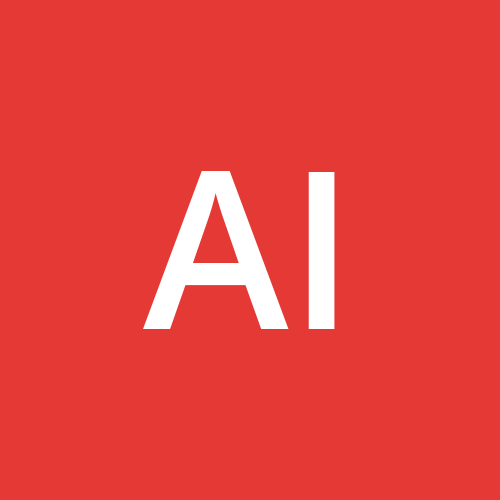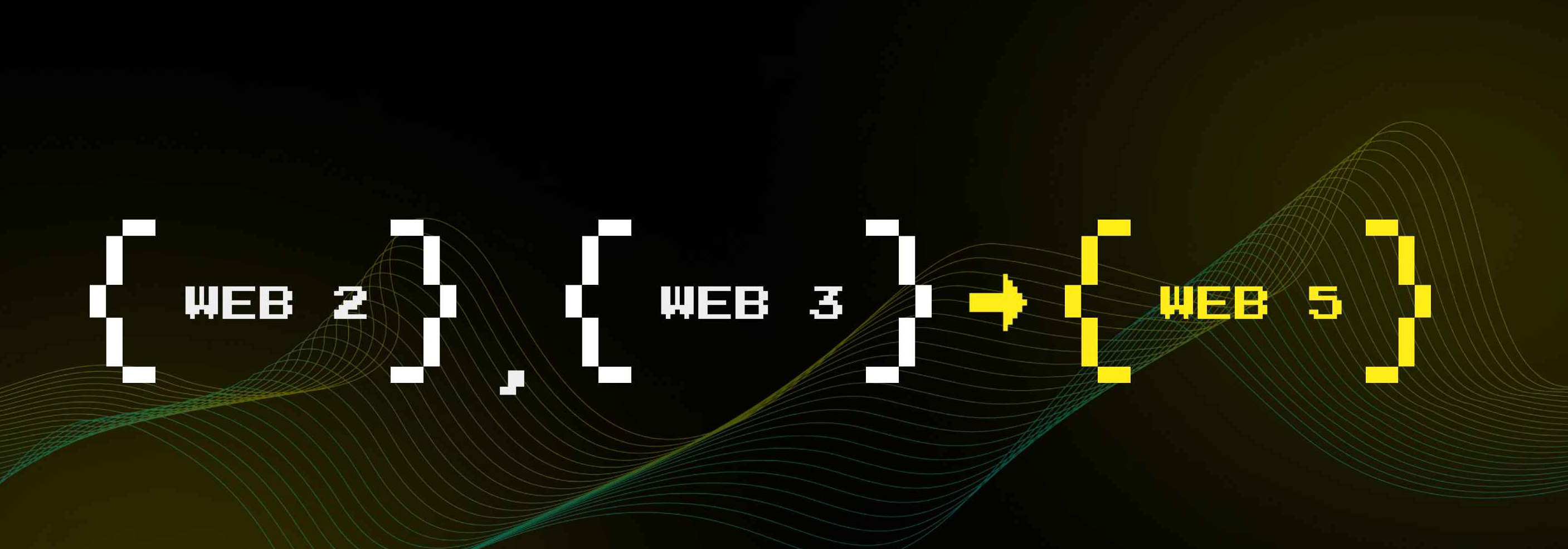Web5 Unveiled: A Fast Track Through My Experience and how to get started
 Abas Isaac
Abas IsaacIntroduction to Web 5
I know what you are thinking, web5, what exactly is this so-called new internet and why is it on the mind of everyone in the tech space now?
Don't be scared, I was once like that, I had many questions when I first heard about Web5, like:
Why do we need another web when the current one works fine?
What happened to Web 3?
How do I start to learn a new web and its programming language when I don't fully understand the one I am learning now?
and many more as I heard about it, but don't be scared, I am here to guide you through the origin of the new web and how you also can jump into the next big thing.
So by the end of this article, you will be able to explain to everyone you see and know what Web5 is all about and how they too can get on board the train before it starts moving. So let's get into it then.
What exactly is Web5
Web5 as defined by blockchain-council, is the next step in the evolution of the internet, which aims to provide a decentralized platform to users while also incorporating human emotions through the use of artificial intelligence.
In simple terms, it is a more decentralized web platform than web3
You may ask, what does it mean for a web to be decentralized and why is it a big deal that we need a decentralized web?
To explain that better, I will have to take you on a little adventure on the evolution of the web and why we need a more decentralized web now.
Evolution of the Web

The web has evolved for years since its creation in the year 1989 by a British scientist by the name of Tim Berners-Lee.
Since its creation, the web has had different stages and we will be taking a look at them:
Web 1.0 (The Static Web): During the early days of the web, it could only render static websites which made it a one-way communication because users could view but had limited interaction with it. During those days, HTML was used to create websites.
Web 2.0 (The Social Web): After a decade of using static pages, web 2 was brought to life in the year 2005 and is still in use up until today. It enables users to interact with the websites and it makes communication with not only the server but other people from all across the world who have access to the internet to communicate freely with each other. Social media platforms like Facebook, X (formally known as Twitter), Instagram, Snapchat and other companies like Bolt, uber etc are all examples of Web 2 platforms.
Web 3.0 (Semantic Web): In the year 2014, web 3 emerged as the first ever decentralized web. The birth of Web 3 gave rise to a whole new dimension of the web with things like blockchain, DeFi (decentralized finance), NFT ( Non-fungible token) etc. The aim of Web 3 is to ensure that the user's information and data can not be harvested and sold by big companies which control them and store them in servers and can use them to their benefit and use.
Web 5.0 (The Decentralized Web Platform): Now we have Web 5. Web 5 is the combination or addition of both web2 and web3 ( 2+3 = 5). Web 5 gives users the simplicity and feel of Web 2 but also allows them to take full control of the data and do with it whatever they feel like. Web 5, is built on top of the Bitcoin blockchain. The idea is that it will surpass web3 in no time after it is fully realised.
The idea behind Web5 and why we need it in today's world
Announced in June 2022 TBD, a branch of Jack Dorsey's fintech company Block announced that they will be building Web5 a more decentralized, superior and better web platform.
The idea is that every user will have an identity and every user has full control of their data and their identity.
By doing so, the user has full control of their data which is not stored in any database controlled by big corporations.
The whole aim of Web 5, is to return all focus on the most important people who use the web for day-to-day operations which are me and you (users).
Pillars of Web 5
Web 5 has three core pillars which include:
Self-owned decentralized identifiers (DIDs).
Verifiable credentials.
Decentralized web nodes for storing data and relaying messages (DWNs).
With the aid of these pillars, web5 can return full control to the user and not control any of their data. Let's go a bit deeper to understand these pillars
Decentralized Identifiers (DIDs): These are IDs which are self-generated and self-owned, meaning no website can store your data or information on their servers.
Verifiable Credentials (VC): It is a means of identifying if the DIDs are correct and belong to the user.
Decentralized Web Nodes (DWNs): These are where data are stored. It enables users, organizations etc to store their data, encrypted messages and public messages which aids a wide variety of decentralized platforms to be built on it.
How to get started
We have looked at what is web 5 and how it can into existence, now we will take a look at how we can get started to build our first web5 project.
Web5 presently is only available on node.js and can be installed with the node package manager (npm). You should have node 18 and above.
To build a simple web5 project, we will be referring to the TBD documentation. The TBD docs explain more about web5 and how to build the simplest of applications to the most complex of applications.
My experience so far and advice
I got to hear about web5 through a hackathon and it has been a blast from the first introduction to the platform to date.
Web5 has opened me up to the endless possibility of decentralized programming and I have high hopes for the work which the TBD team are putting together.
My advice to you my reader, is to not delay and try to get on this amazing project now that it is in its beta stage so we can have a web which is safe, reliable and does not aim to reap you for its benefit.
Thank you so much for sticking it out with me till now and I do hope to see you on the other side.
References:
image: https://www.blockzeit.com/web-1-web-2-and-web-3-what-are-the-differences/
Subscribe to my newsletter
Read articles from Abas Isaac directly inside your inbox. Subscribe to the newsletter, and don't miss out.
Written by

